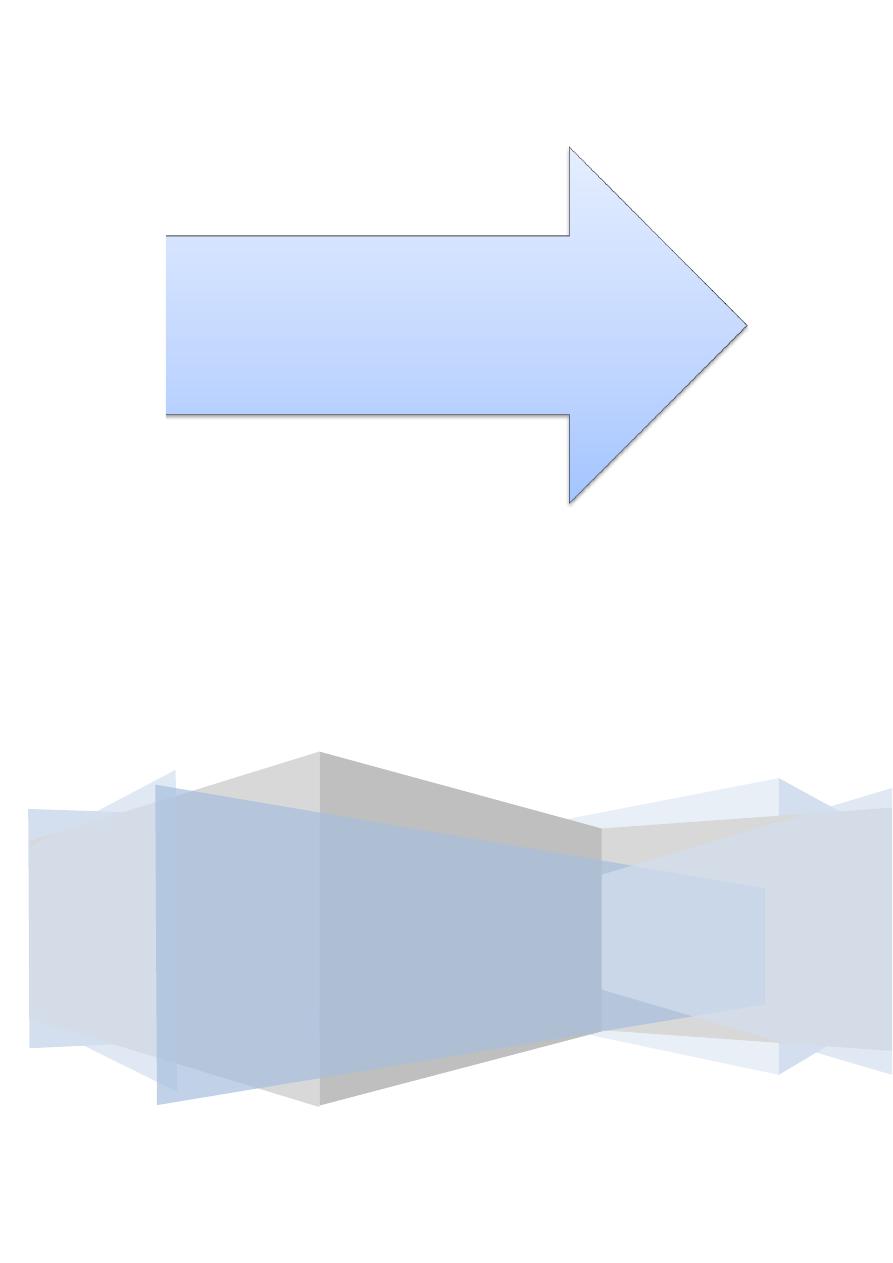
Sunday 2 / 11 / 2014
@Ali Kareem 2014-2015
Name
:
______________________________
Class
:
_______________________________
"Pharmacology
مكتب اشور لالستنساخ
ADRENERGIC SYSTEM
Lecture 4
Total lectures NO. 10
Dr. Haidar Al--Shakarchi
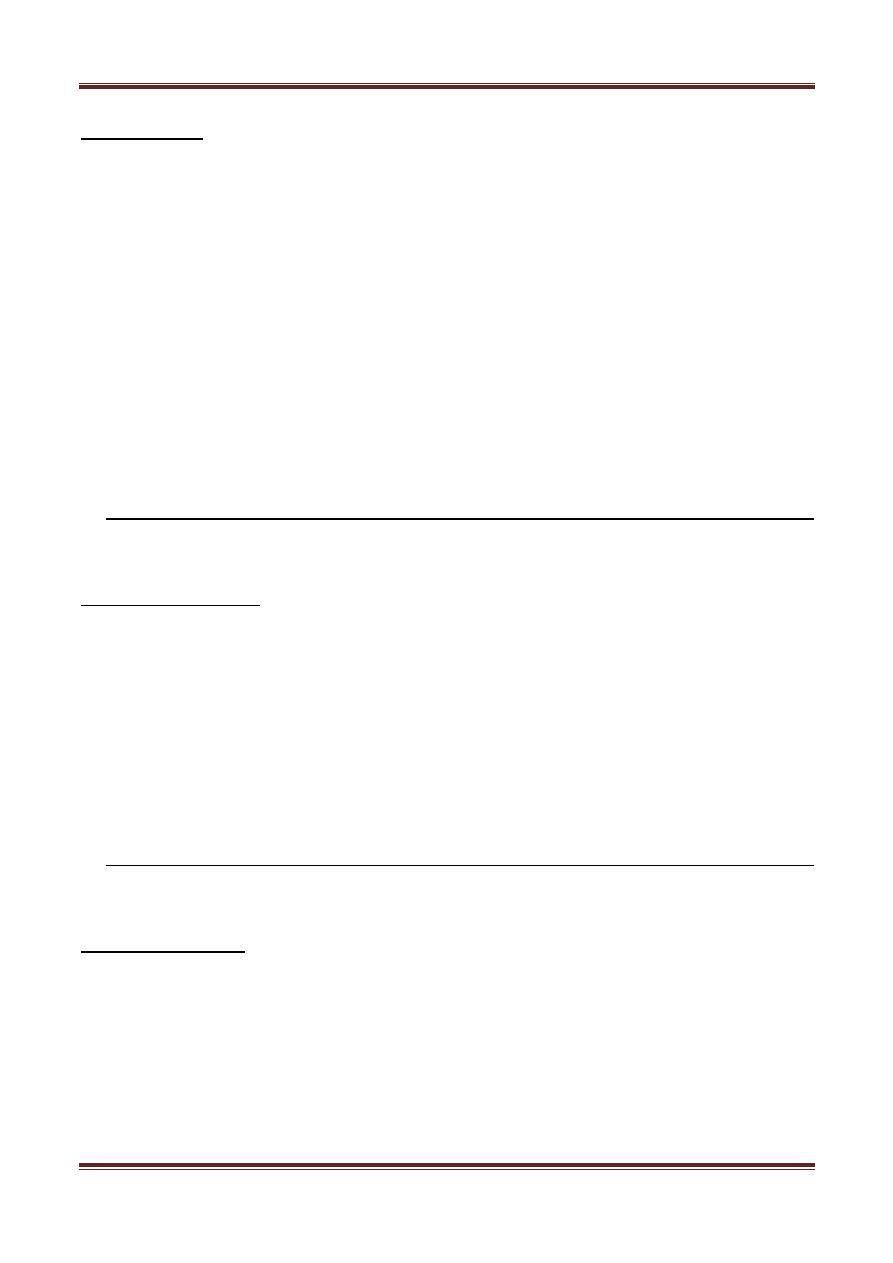
Page 2
Ephedrine:
It is a plant alkaloid , now it is made synthetically.
It differs from adrenaline in the followings :
1. It is a mixed action adrenergic agent. It not only releases stored noradrenaline
from nerve endings , but also directly stimulates both alpha & beta receptors.
2. It is less potent than adrenaline (about 100 times) .
3. It has a long duration of action because it is a poor substrate for COMT & MAO
(t½ = 4 hours).
4. It has excellent absorption orally.
5. It penetrates into the CNS producing a mild stimulation (↑alertness,↓fatigue).
6. It raises systolic and diastolic blood pressure.
7. Tachyphylaxis occurs.
Therapeutic uses :
1- As a presser agent to raise blood pressure.
2- As a nasal decongestant.
3- As a mydriatic agent.
4- Chronic treatment of asthma,it produces bronchodilation( slow action).
5- Stress incontinence, it constricts the neck of the bladder ( alpha action).
6- Heart block (beta action).
7- Myasthenia gravis : ephedrine improves motor function because of its anti-
curare action.
Adverse effects :
1.tachycardia.
2.arrhythmia.
3.hypertension .
4. Worsening angina.
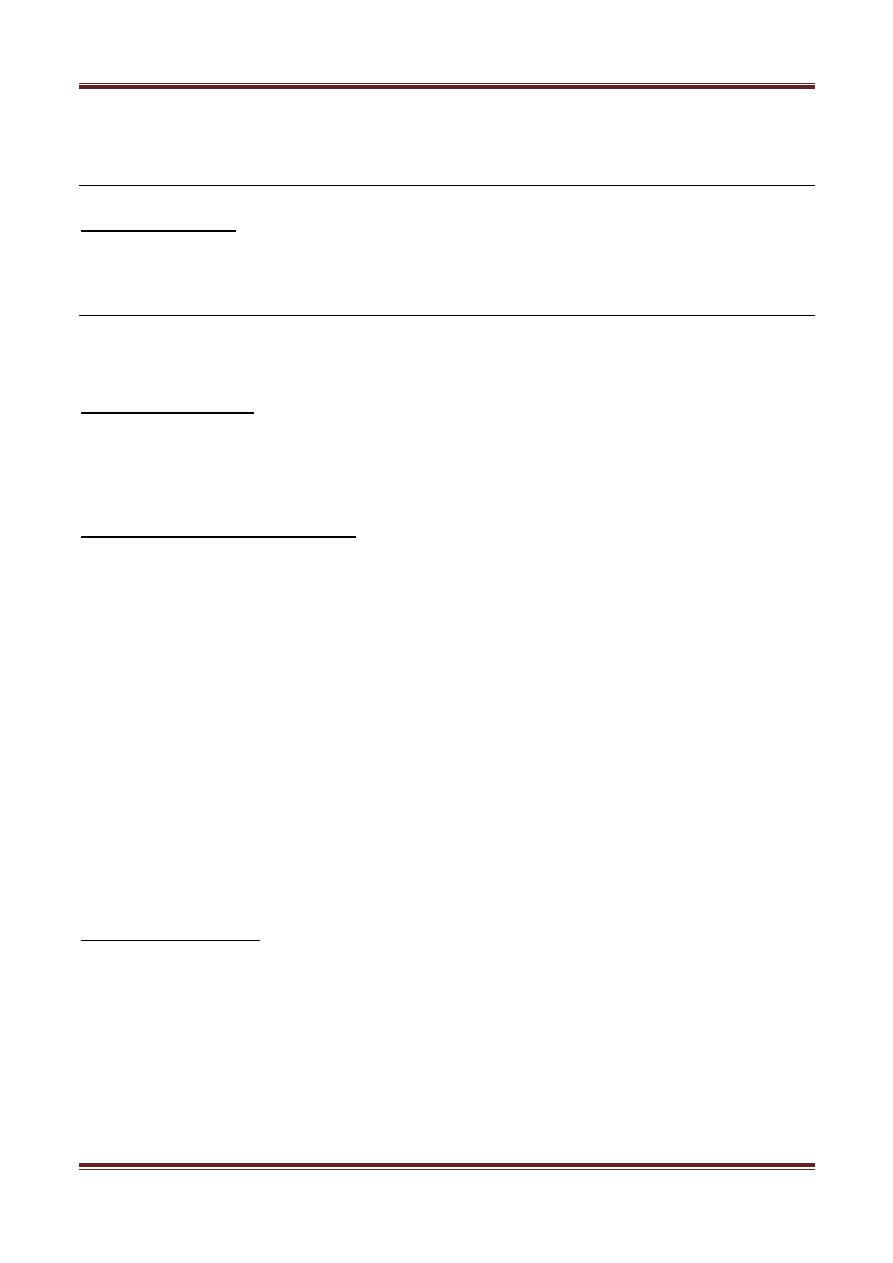
Page 3
5.tremor.
6. Hyperglycemia.
Metaraminol:
Mixed action adrenergic drug with actions similar to noradrenaline. This agent has
been used in the treatment of shock and to treat acute hypotension ).
Amphetamine:
It is an indirect acting sympathomimetic drug that releases intracellular stores of
catecholamines. It also blocks MAO,
and adverse effects :
Action
1 . CNS :
It has a marked central stimulatory action.This leads to ↑alertness,euphoria, ↓
fatigue , depressed appetite, and insomnia.However,it can also cause weakness,
tremor,dizziness,delirium,panic states and suicidal tendencies. In high doses
convulsions can occur. Chronic use produces a state of psychosis that resembles an
acute schizophrenic attack.
2. Sympathetic nervous system :
It acts indirectly through noradrenaline release and causes hypertension ( α action
on vasculature & β effects on the heart ), cardiac arrhythmias, anginal pains,
headache and excessive sweating.
Therapeutic uses :
Factors that limit the therapeutic usefulness of amphetamine include psychological
and physical dependence and the development of tolerance to the euphoric and
anorectic effects with chronic use.
1- Attention deficit syndrome : some young children are hyperkinetic and lack the
ability to be involved in any one activity for longer than few minutes.
2- Narcolepsy : it is a disorder marked by an uncontrollable desire for sleep.
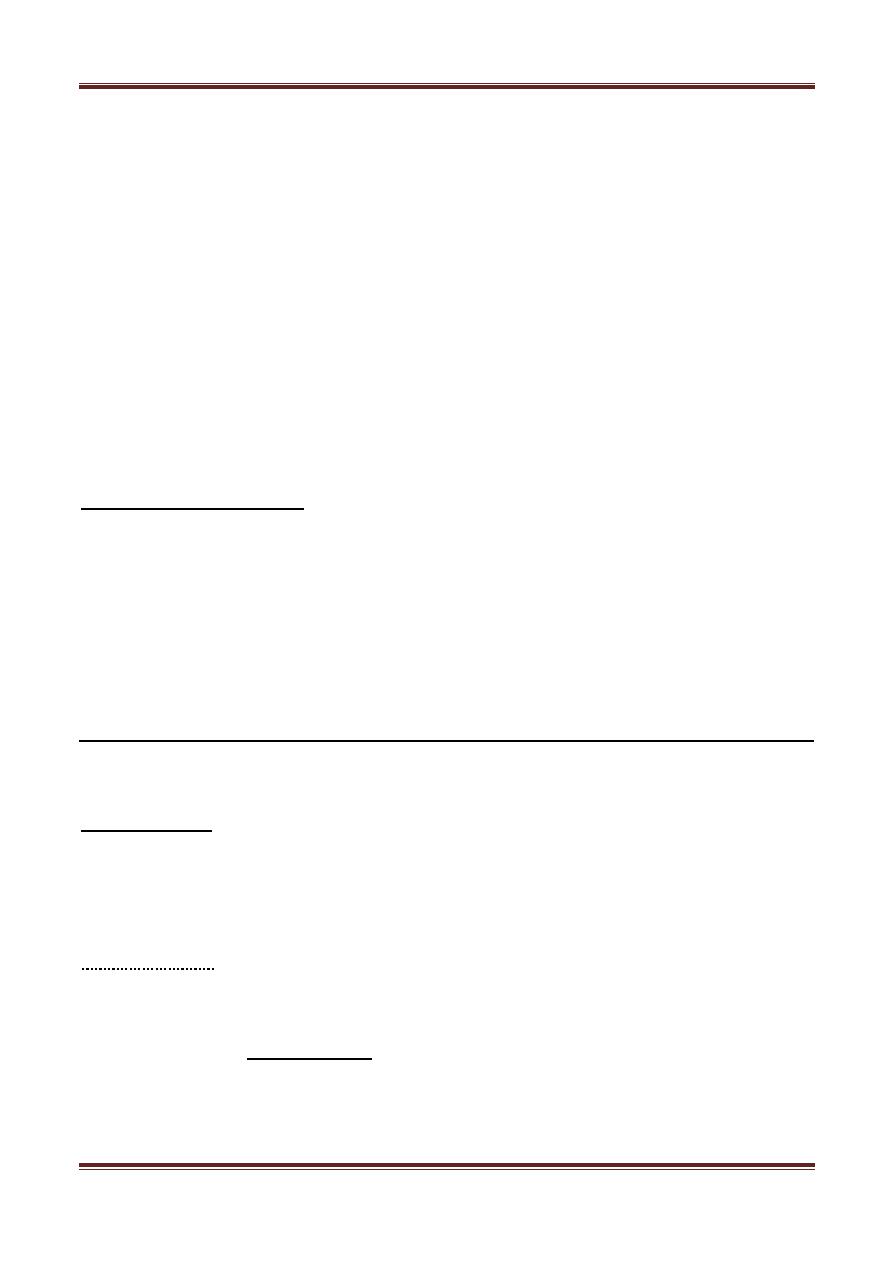
Page 4
3- Anorexiant : to control or suppress appetite.
4- Depression : used as a psychostimulant.
Note:
1. Methamphetamine is very similar to amphetamine.
2. Methylphenidate is an amphetamine derivative used in hyperkinetic children with
attention deficit syndrome.
3. Hydroxyamphetamine is used to differentiate between preganglionic and
postganglionic lesion in Horner΄s syndrome . If the lesion is postganglionic , it will
not dilate the abnormally constricted pupil because catecholamines have been
lost from the nerve endings in the iris.
Anorexigenic drugs:
1. Amphetamine : has temporary effect , it causes tolerance and antagonizes
antihypertensive drugs.
2. Fenfluramine and dexfenfluramine : cause serotonin release and inhibit reuptake
and also stimulate 5-HT receptors.Serotonin acts on the satiety center .
Unfortunately, drug induced pulmonary hypertension and valvular lesions were
reported.
β-agonists :
1.Non-selective agonists: e.g.: adrenaline , ephedrine, isoprenaline.
2.Selective agonists: β₁ and β₂ agonists.
β₁ Agonists :
1.Dobutamine .
2.Xamoterol :it is a
partial agonist at β₁ adrenoceptors. It acts as agonist or
antagonist according to circumstances particularly the level of sympathetic
autonomic activity present. At low levels of sympathetic activity, it ↑ heart rate &
contractility by its agonist effect.
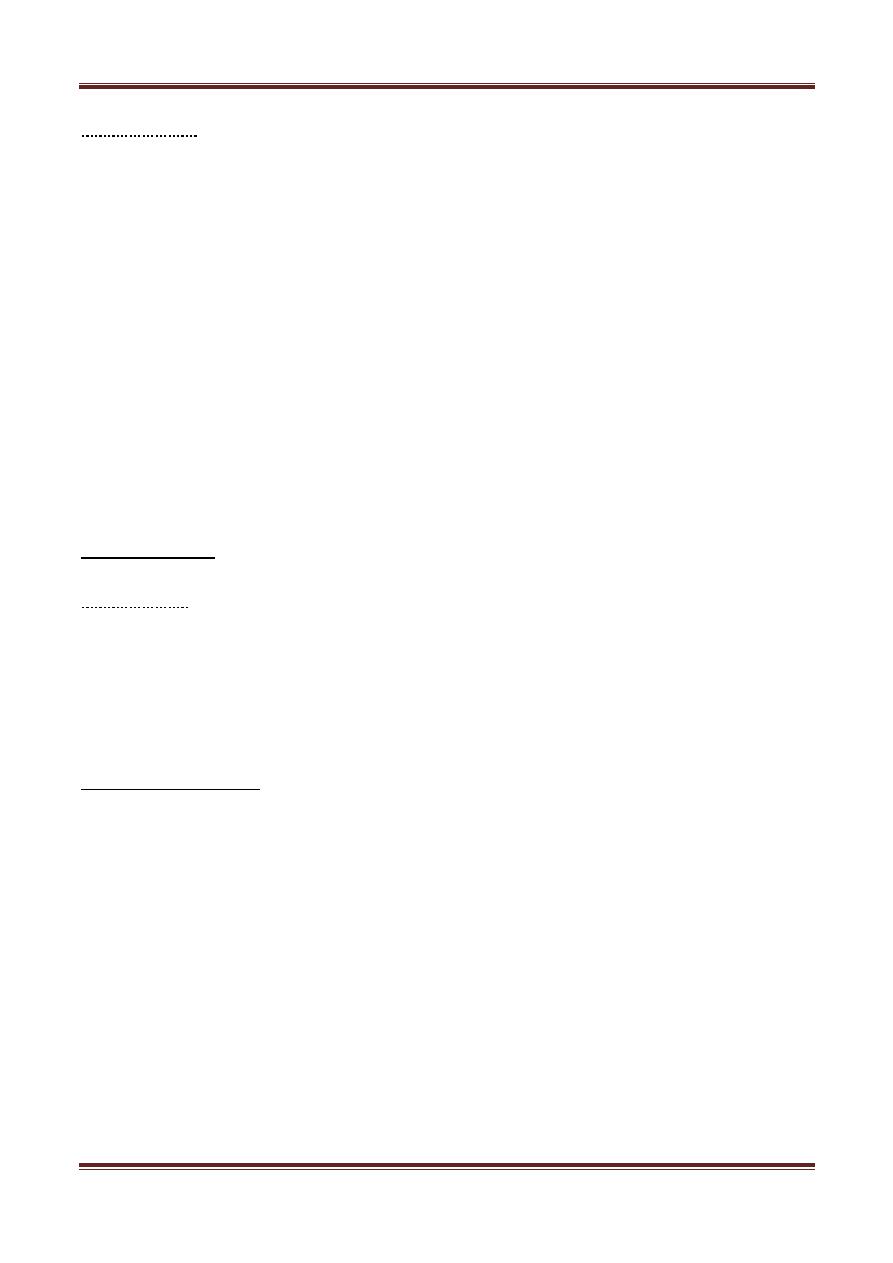
Page 5
β₂ Agonists
:
1- Vasodilators : they are used in peripheral vascular disease e.g. isoxsuprine,
nylidrine.
2- Uterine relaxants : they relax the pregnant uterus and are used in premature
labour e.g. ritodrine.
3- Bronchodilators : They are used in bronchial asthma e.g.. salbutamol &
terbutaline ( t½ = 3 hours), fenoterol (t½ =12 hours).They are administered
orally (chronic treatment) or by the inhalation route (acute attacks),or IV
(status asthmaticus).Unlike isoprenaline , they have long duration of action and
significant β₂ selectivity.Others are albuterol,salmeterol,and metaproterenol.
Side effects are minimal by the inhalation route.There is headache , anxiety ,
tremor, tachycardia and hypotension.
α-Agonists :
α₁-agonists
: mainly used as vasoconstrictors. They include:
1.phenylephrine (α₁ &? slightly β₁ effect )
2.methoxamine (only α₁ effect )
3. metaraminol (direct α₁ & some indirect sympathomimetic effect).
Therapeutic uses :
1) Nasal decongestants : they are used locally as drops to the nose (also to the To
raise the blood pressure :they are used systemically either subcutaneously or
eye).
2) I.V. in cases of shock or following spinal anesthesia hypotension.
They are not destroyed by MAO or COMT.
Phenylephrine has additional uses:
3) Open angle glaucoma :it reduces production of aqueous humor by
vasoconstriction.
4) Mydriatic agent for ophthalmological examination of the eye.
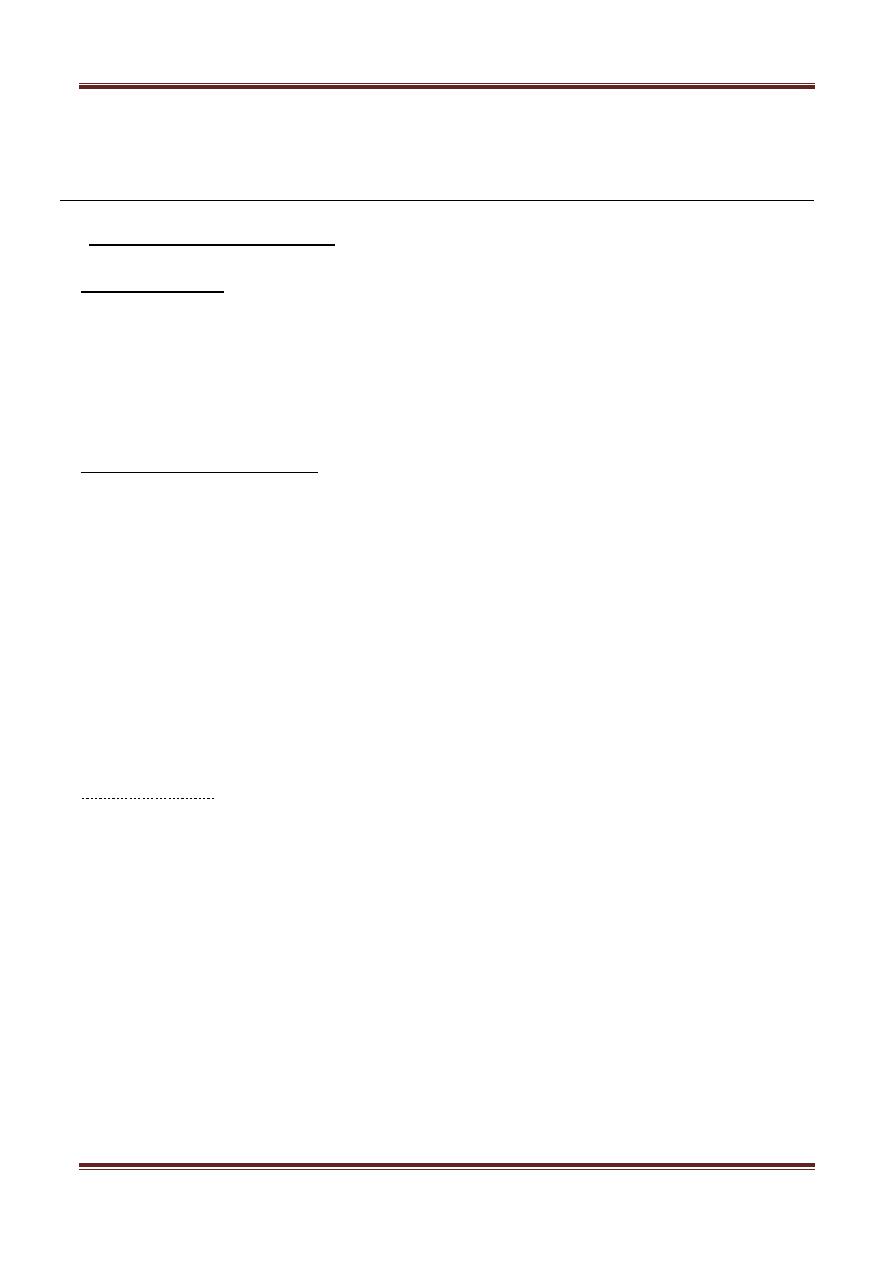
Page 6
5) Supraventricular tachycardia :because it causes marked vasoconstriction & leads to a
rise in B.P. → a reflex vagal discharge is evoked that may convert the arrhythmia to
sinus rhythm.
Nasal decongestants :
Therapeutic uses :
1. Common cold.
2. Allergy.
3. Sinusitis : to enhance drainage of sinus.
4. Prevent otitic barotrauma to open Eustachian tube.
Mode of adminstration :
1) Nasal drops.
2) Sprays.
3) Tubes.
4) Oral preparations ; there are different types of oral preparations:
a. Short acting (2 hrs.) : phenylephrine, phenylpropanolamine.
b. Intermediate acting : ephedrine , pseudoephedrine.
c. Long acting (8-12 hrs) : oxymetazolines and xylometazoline and other
imidazolines e.g. naphazoline .
Adverse effect :
1- Rebound congestion with hypertrophy of nasal mucous membrane.
2- Local ischemia :if used more than 3-hourly & for above 3 weeks the mucous
membrane is likely to be damaged.
3- Lipoid pneumonia : oily drops or sprays , used frequently & long term may enter
the lungs.
4- Allergy (with prolonged use).
5- Interaction with antihypertensives leading to failure of therapy.
6- Interaction with MAO inhibitors may cause hypertension.
7- Hypotension with imidazolines especially naphazoline as it enters the CNS &
acts on α₂ receptors suppressing the sympathetic outflow.Naphazoline and
other imidazolines should never be used in children.
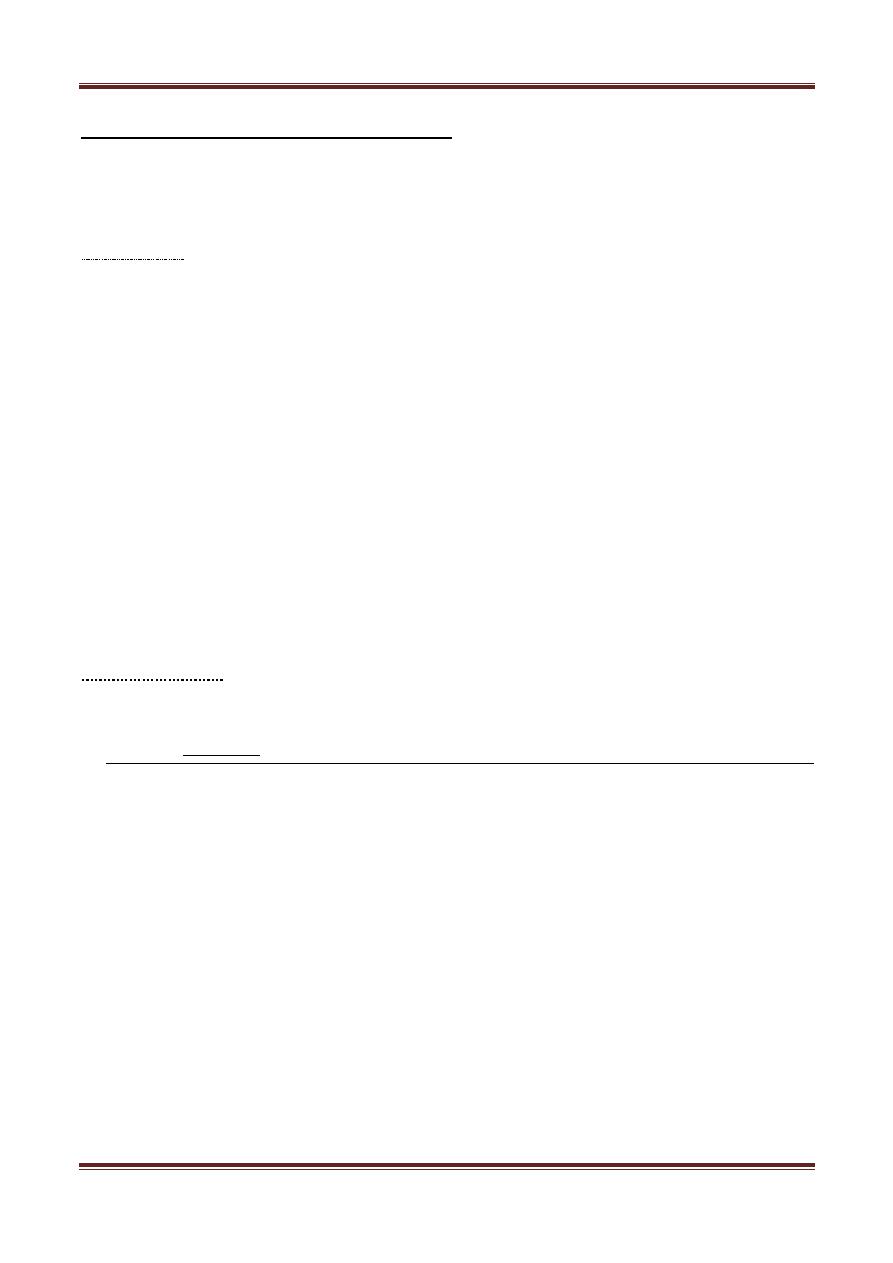
Page 7
Chronic orthostatic hypotension :
It occurs most commonly with age , in primary progressive autonomic failure &
secondary fto parkinsonism and diabetes.
Treatment :
1. Using elastic support stocking to reduce venous pooling.
2. Increasing sodium intake.
3. Using sodium retaining adrenocortical steroids (fludrocortisone).
4. β₁ - adrenocepters agonist e.g. xamoterol to ↑ cardiac output.
5. Ephedrine to ↑ Nor release by nerve endings ( indirect sympathomimetic).
6. Intake of tyramine rich food, some of the tyramine escapes the destruction by
MAO in the intestine.
7. α₂ - receptor blocker.e.g.yohimbine.
8. Dopamine (D₂) receptor blocker . e.g. metoclopramide.
9. Caffeine : substantial doses of caffeine (coffee ) can reduce postbrandial
redistribution of blood to splanchnic area probably due to block of splanchnic
vasodilator adenosine receptors.
α₂-Agonists :
They have an important ability to decrease blood pressure through actions in the
CNS e.g. clonidine & methyldopa are useful in the treatment of hypertension.
